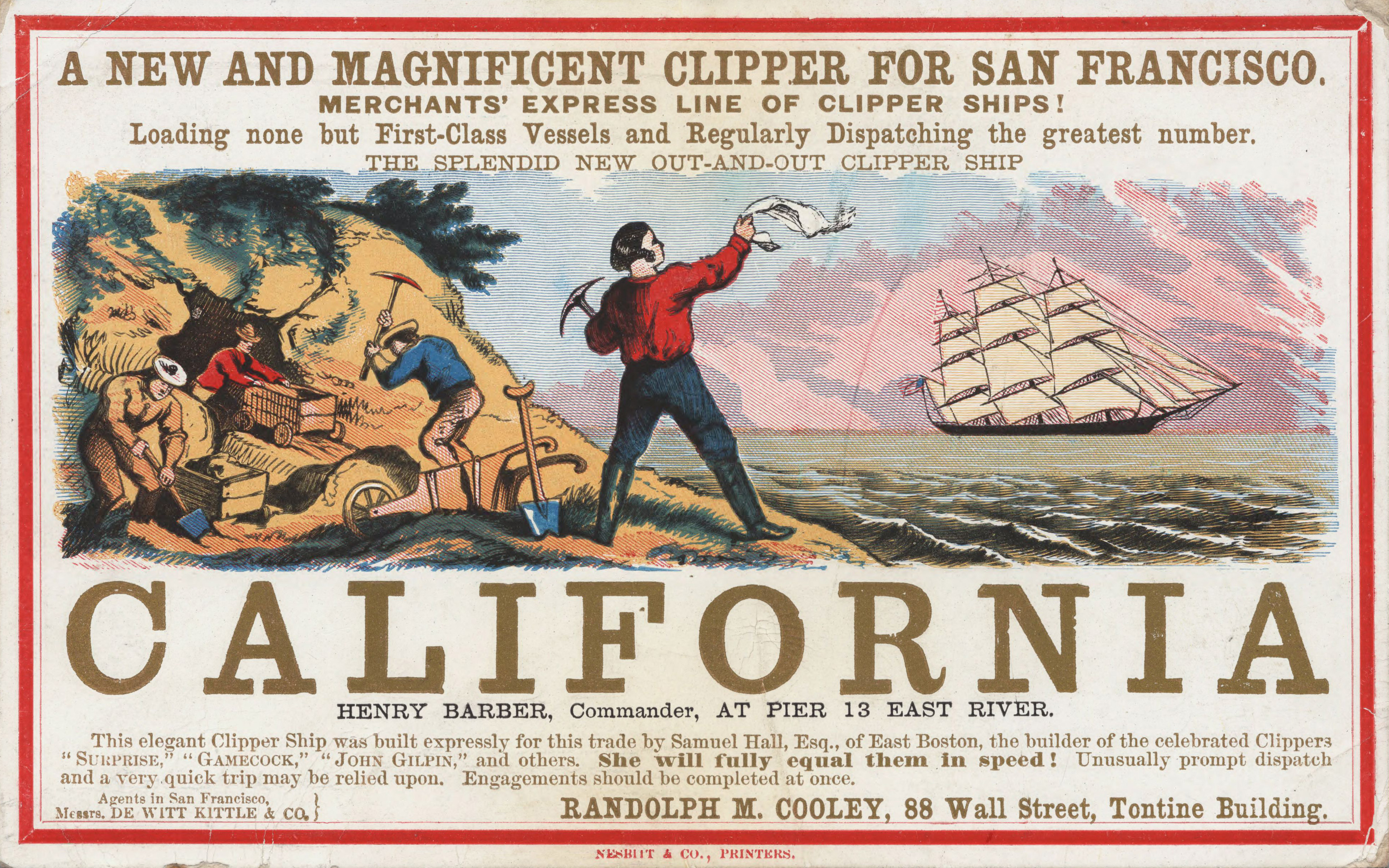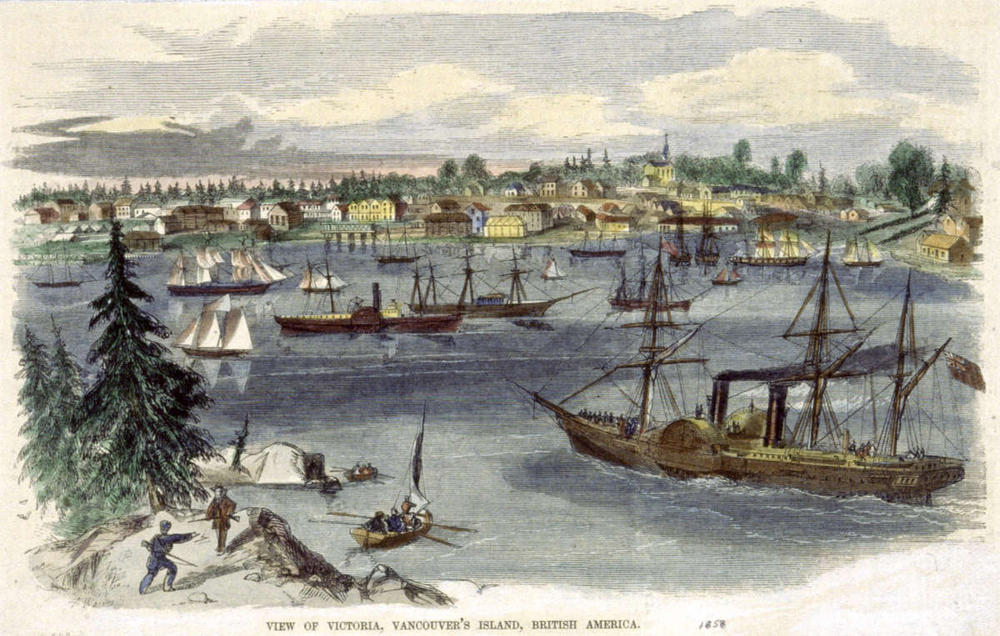Sailing for Freedom

Why leave San Francisco’s Gold Rush for the backwaters of Canada?
Gold Fever
By the mid 1850s, Gold-rush era San Francisco was home to around 1000 prosperous Black Americans. Members of this thriving middle class included merchant partners Mifflin Gibbs and Peter Lester who ran a shoe store on Clay Street.

A Free State?
California was supposedly a Free State. But many of California’s elite were pro-slavery, passing a series of anti-Black laws. Black Californians could not vote, could not testify in court, and could not attend public school. Gibbs and Lester were among those who repeatedly protested this discrimination. Denied political representation, they refused to pay their poll tax.
Protesting Slavery
The Black community in San Francisco pushed back against California’s racist laws. Matters reached a fever pitch when in 1857, a white miner attempted to force a slave — who he had brought from Mississippi to California — to return to the South with him. Outraged, San Francisco's Black community mobilized. On April 14, 1858, Federal courts finally overturned earlier court judgements, declaring Archy Lee a free man.
A New Opportunity
The Black community gathered to give thanks for Archy Lee’s release. Then, in the midst of their celebrations, Captain Jeremiah Nagle arrived, fresh off the steamship Commodore. Nagle brought a letter with him from Governor James Douglas of Vancouver Island, inviting Black Americans to settle. As well as being sympathetic to the Black Americans’ cause (Douglas himself was mixed race), the Governor was eager to settle the island to prevent an American takeover.
I cannot describe with what joy we hailed the opportunity to enjoy that liberty under the British Lion denied us beneath the pinions of the American Eagle. – Mifflin Gibbs, Shadow and Light: An Autobiography, 1902
To Canada

Many in the congregation believed Nagle’s arrival was a sign. The California State legislature was debating a bill that could bar free Black people from entering the state at all. California didn’t want them: so they would leave California.
A first group of 35 emigrants, “The Pioneer Committee,” left a few days later. By the end of 1858, more than 800 Black Americans had left San Francisco for Canada. Archy Lee was among them — as was Mifflin Gibbs, who soon became the group’s unofficial leader.
Most of those who left were prosperous and middle-class: together they owned assets totalling $300,000 — $12 million in today’s dollars. In Canada, they successfully rebuilt their businesses. Mifflin Gibbs was even elected to serve on the Victoria City Council in 1866.
After the Civil War, Gibbs returned to Little Rock, Arkansas, and in 1873 he became the first elected Black municipal judge in the United States.
